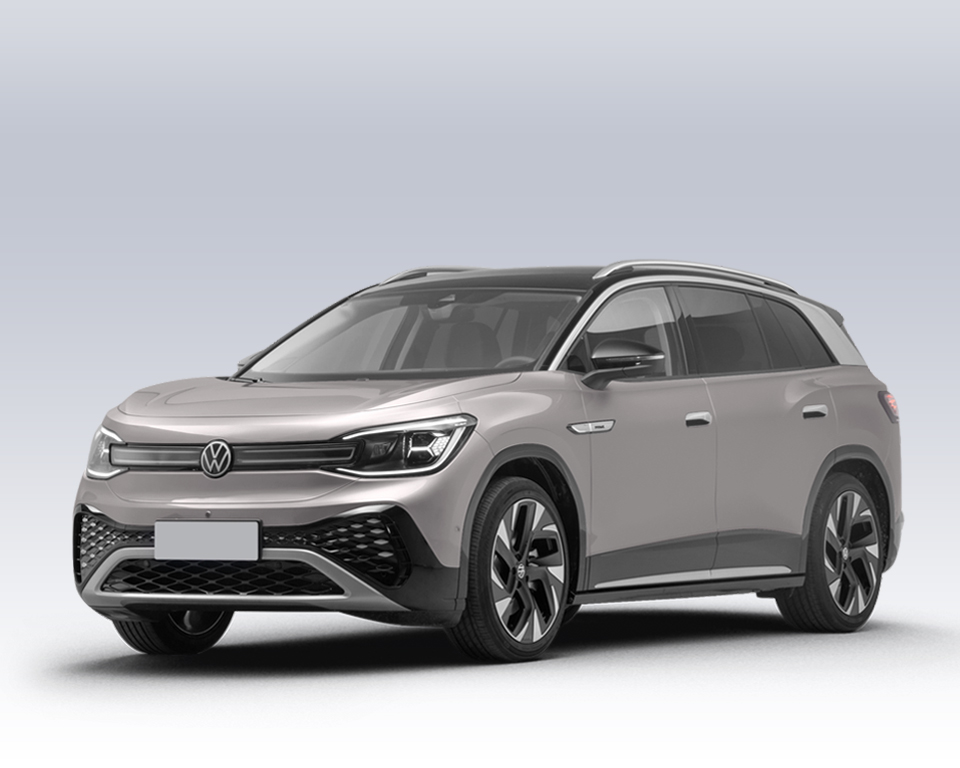A New Strategic Layout! Can Volkswagen Make a Comeback in China’s EV Market?
In 2024, as global demand for electric vehicles (EVs) continues to grow, the Volkswagen Group announced a comprehensive new EV strategy for the Chinese market. Stephan Wöllenstein, CEO of Volkswagen Passenger Cars in China, unveiled an ambitious plan at the 2024 World Intelligent Connected Vehicles Conference: Volkswagen will launch 22 new EV models in China by 2030. This target reflects Volkswagen’s ambitions in China’s EV sector and its determination to regain market leadership amid fierce competition.
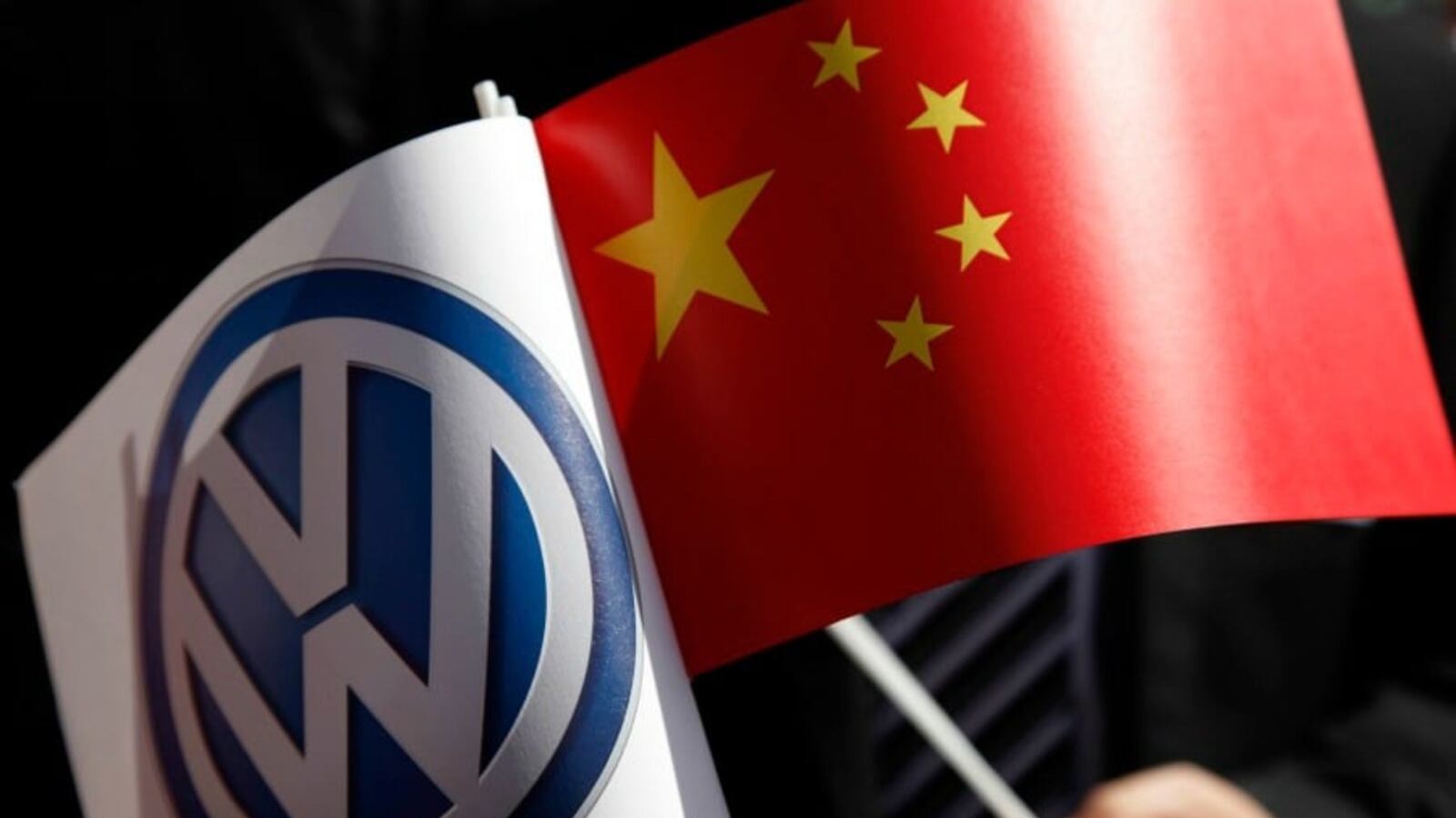
Deepening Localization Strategy: "In China, For China"
Volkswagen Group understands that China is the largest EV market worldwide and has adjusted its strategy accordingly with a strong emphasis on “In China, For China.” At the core of this strategy is utilizing local resources for technological innovation and localized production, strengthening Volkswagen’s competitiveness in the market. In 2024, Volkswagen established the Volkswagen China Technology Company (VCTC) in Hefei, which combines vehicle and component development with procurement. VCTC leverages the “China Electrical Architecture (CEA)” to accelerate product development cycles and improve market responsiveness, bringing innovative, market-ready models to China faster while significantly reducing production costs.
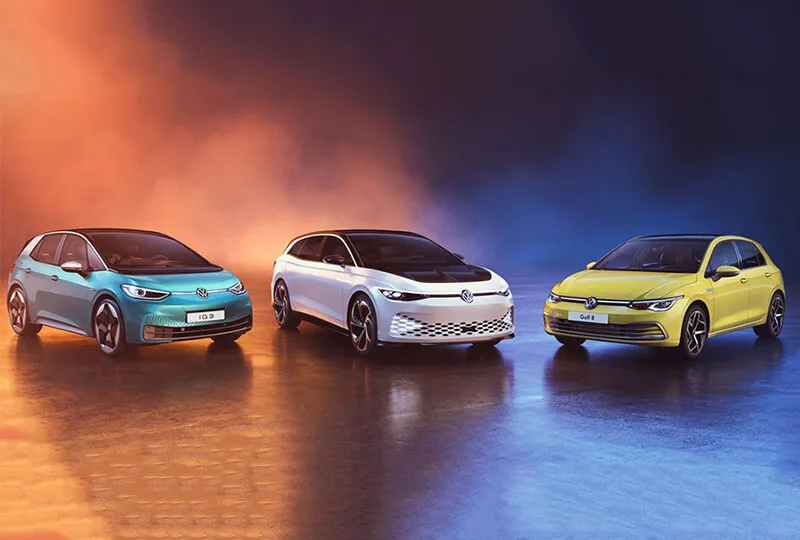
Strategic Partnerships: Collaboration with XPENG Motors
Volkswagen’s partnership with XPENG Motors is a critical step in its plan to reshape its image in China. The two companies plan to co-develop two intelligent electric vehicles, the first of which will be an SUV set to launch in 2026. These models will incorporate XPENG’s advanced autonomous driving and connectivity technologies, bringing localized intelligent driving experiences to Volkswagen’s Chinese customers. By leveraging XPENG’s expertise in smart EVs, Volkswagen aims to gain cost and technology advantages, rapidly expand its EV product line, and attract more Chinese consumers.
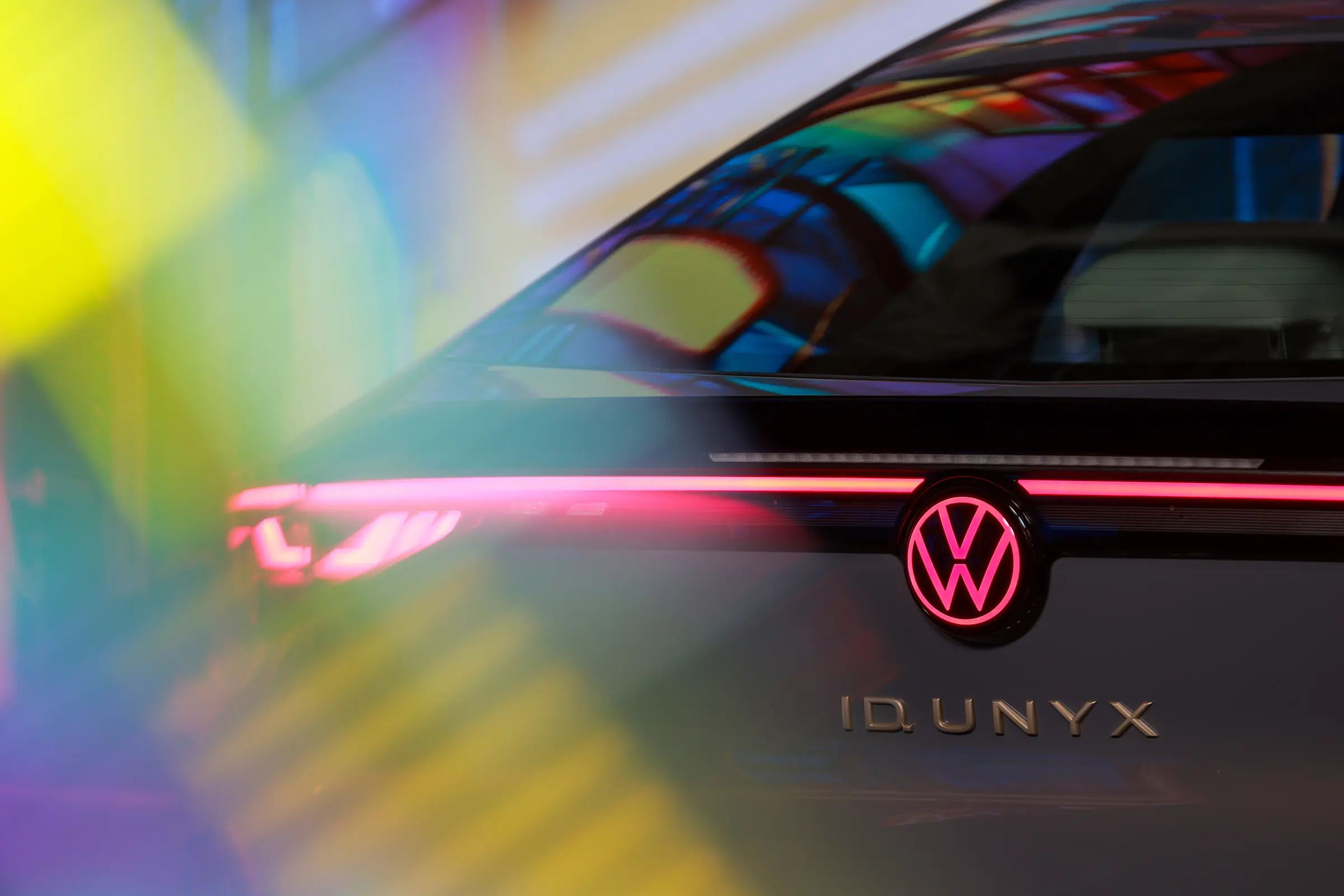
Innovative Models with the ID. UNYX Series: Targeting Younger Consumer Groups
The launch of the ID. UNYX series in China represents Volkswagen’s commitment to innovation in the EV sector. More than just a new model, ID. UNYX represents a strategic shift in Volkswagen’s EV market approach. The model is designed primarily to appeal to younger consumers, with plans to release multiple SUVs and sedans in this series by 2026. This move not only addresses the diverse needs of Chinese consumers but also aligns with Volkswagen’s long-term plans in the EV market.
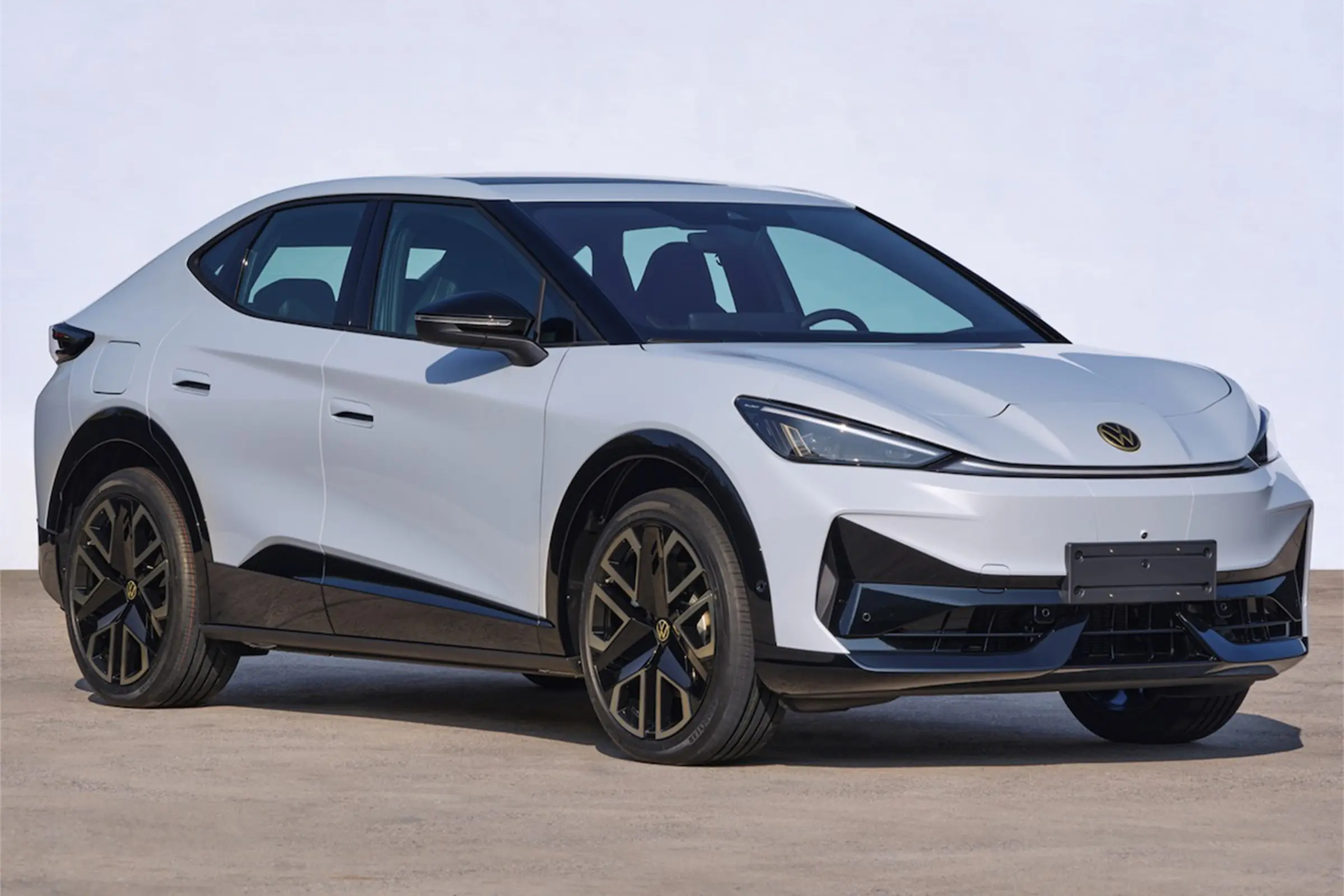
Focusing on Cost and Efficiency: Enhancing Competitiveness through Technological Innovation
In the current competitive market, cost control and product innovation are key. Volkswagen’s “China Main Platform (CMP)” initiative aims to reduce production costs by 40%, while the CEA architecture further boosts cost efficiency through standardized digital architecture. Additionally, Volkswagen’s deep integration into the local supply chain, such as sourcing modular components from local suppliers, enables effective cost control and improved profitability through economies of scale.
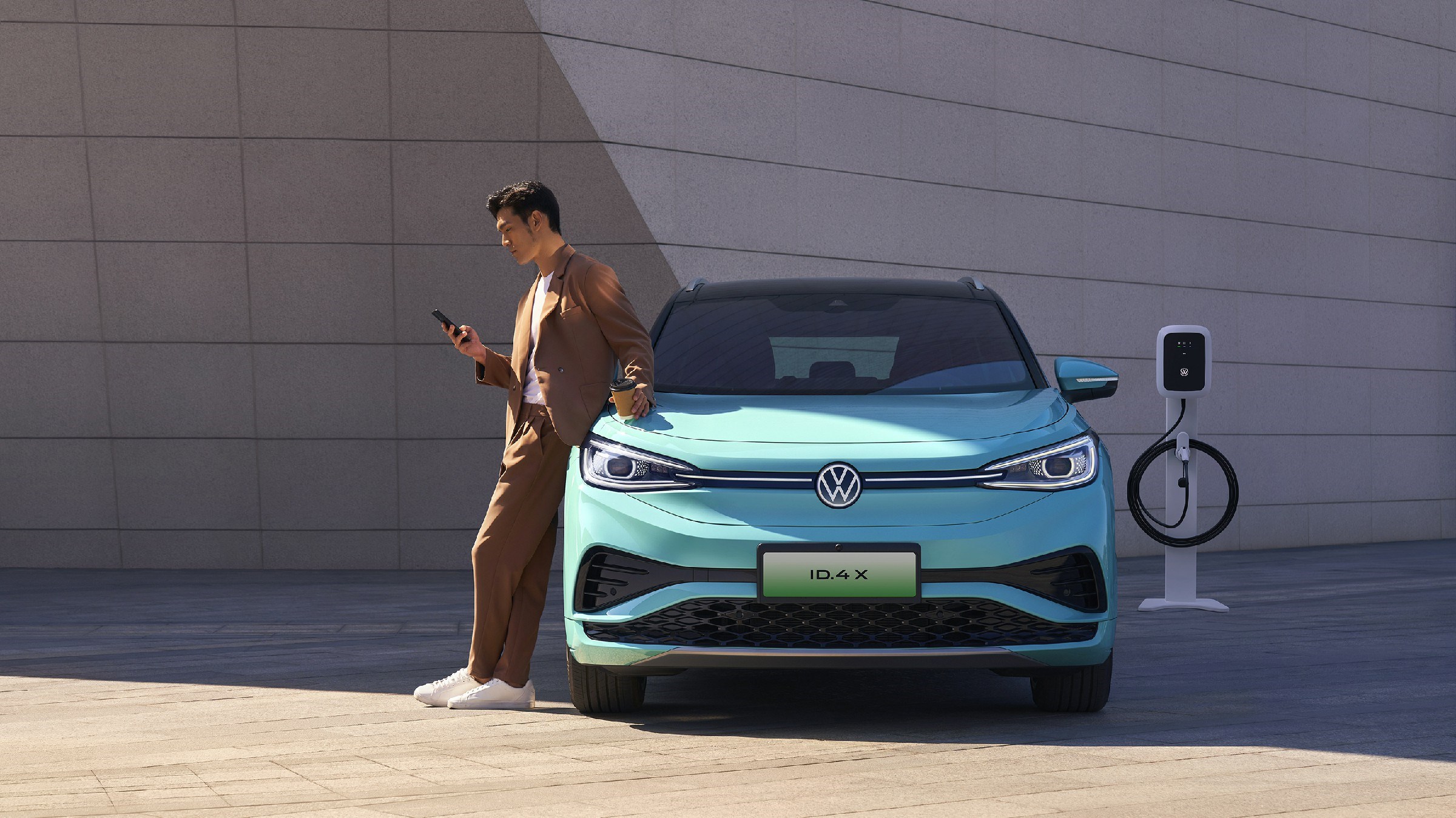
2030 Vision: Becoming a Leading International Player in the Chinese Market
Volkswagen Group’s ambitions in China’s EV market go beyond short-term product plans. By 2030, Volkswagen aims for an annual delivery volume of 3 million vehicles in China, with half being electric models. Additionally, the company aims for a market share exceeding 10%, securing its position as a leading international player in the Chinese auto market. This “2030 Vision” demonstrates Volkswagen’s long-term commitment to the Chinese market and clarifies its goal to lead the EV sector over the next decade.
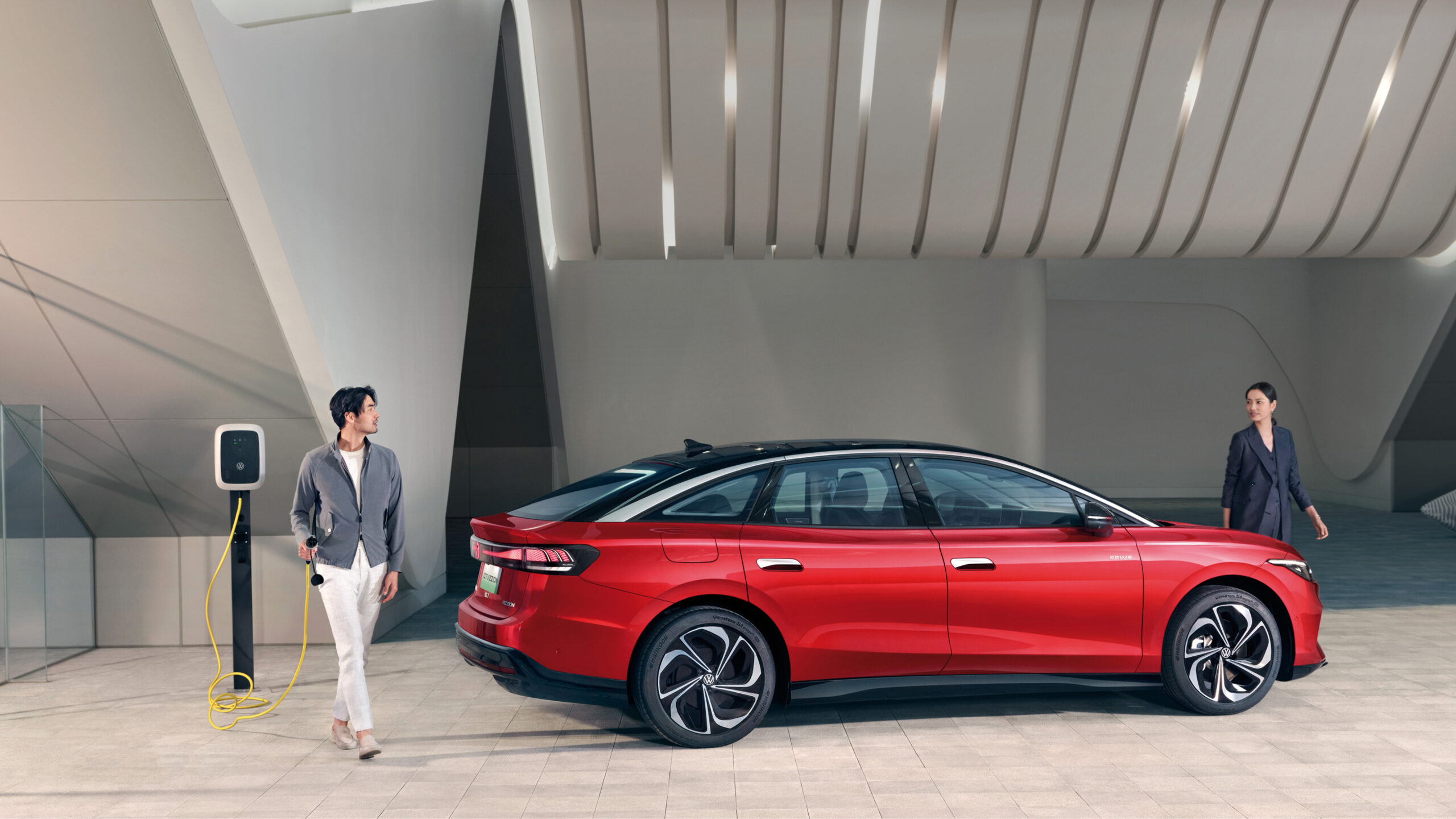
The Challenges and Opportunities for Volkswagen’s Comeback
Although Volkswagen’s strategic plans are ambitious, China’s EV market remains fiercely competitive. Leading domestic brands such as BYD and NIO not only continuously innovate technologically but have also established strong brand recognition among consumers. Whether Volkswagen can make a true comeback will depend on the depth of its partnerships with local companies, its ongoing investment in technological innovation, and its ability to meet the specific demands of Chinese consumers.
In conclusion, Volkswagen’s new strategic layout reflects careful consideration of and strategic response to the Chinese market. In the coming years, with the gradual introduction of new EV models and increased collaboration with local partners, Volkswagen’s performance in the Chinese market is one to watch. However, to truly stage a comeback, it must overcome numerous challenges and find a distinctive positioning in an increasingly mature market.



